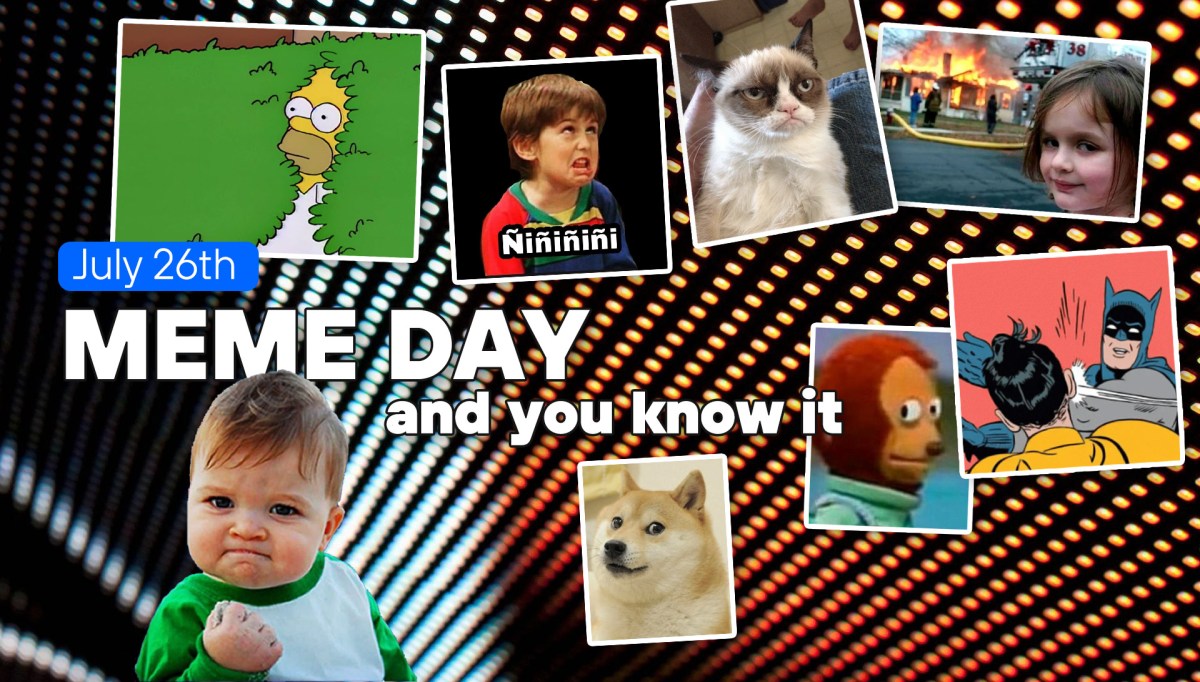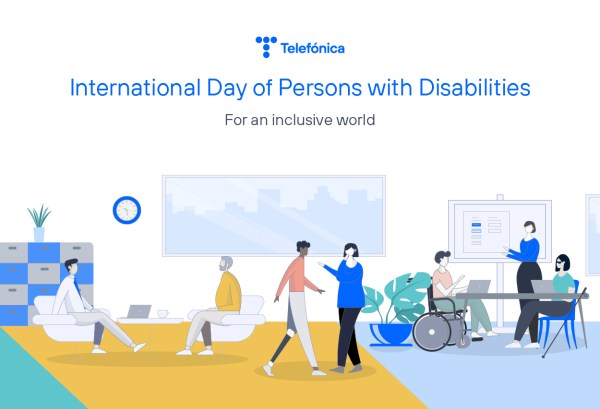Meme Day, why July 26?
Unlike what happens with other international days, Meme Day has no specific reason for its commemoration on July 26.
With no specific historical or symbolic explanation, beyond those who unfoundedly speak of the virality of Julio Iglesias memes to establish this day in the month of the same name, the truth is that other similar days linked to recent phenomena do have specific explanations.
Such is the case of the World Social Networking Day, which every June 30 since 2010 remembers a social phenomenon that for years has been part of our daily lives for hours and whose origin dates back to the 1990s.
World Emoji Day is another example of a phenomenon linked to the emergence of the use of the Internet and social networks and has been celebrated every July 17 since 2014. The reason why this is the day chosen for this day is well known, as well as quite simple: it is the date that appears in the calendar emoji in most of the main platforms.
If we dig a little further we discover that this date is not random, but that on that day in 2002 Apple presented its iCal calendar program for Macs at the MacWorld exhibition.
Returning to memes, and despite there is no reliable explanation as to why this day is commemorated, the truth is that July 26th has been consolidated in online communities and digital calendars as World Meme Day.
What is a meme
Answering the question of what is a meme and locating an origin is easier than the commemorative date that this article is about.
Origin of the meme
The term was coined in 1976 by the biologist, zoologist and science popularizer Richard Dawkins (1941) in an analogous way to the gene to explain the diffusion of ideas and phenomena: memetics.
The British scientist maintains that the meme is a unit of information that resides in the brain and that it is the mutant replicator in human cultural evolution, a pattern capable of influencing its surroundings and propagating itself.
We could put it in concrete terms that, according to Dawkins, memes are the basic unit in the cultural version of what genes represent in biology.
Internet memes
On this theoretical basis, one of the most common phenomena in Internet communication, either through social networks or messaging applications, has been developed.
Internet memes could be defined as a form of expression, through visual media, that are meant to be funny or amusing to those who receive them.
Some of them have even become cultural references or ways of commenting on everyday situations.
Characteristics of Internet memes
As mentioned above, we are dealing with multimedia constructions that can take different forms, from mere images to gifs, videos or audios.
Another feature of memes is their virality (to a greater or lesser degree), understood as their dissemination through social networks, forums or web pages and whose success is based either on their reach or on the speed of their circulation from one device to another.
Likewise, we are also dealing with a phenomenon that, far from being static, provides dynamism by being able to incorporate additions or modifications, generating new variants of the same.
In addition to fulfilling an entertainment function, memes can also involve issues that go beyond mere amusement, such as expressing opinions, participating in trends or even identifying with communities with similar interests.
Apart from this aspect of use that we could consider as particular, brands also use memes to, through marketing campaigns, try to connect with specific audiences or generate engagementg and that their proposals reach the desired virality.






